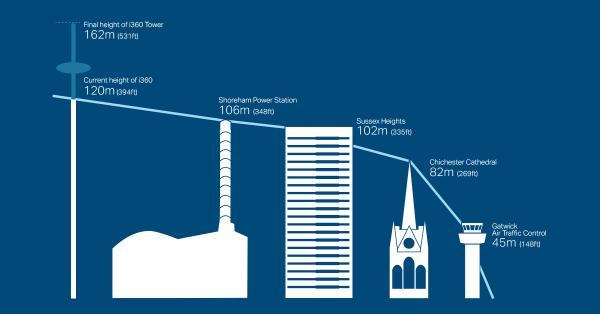Bold Seagull
strong and stable with me, or...
The French government planned to celebrate the centennial of the French Revolution with a symbol of France’s industrial prowess. The plan was to build the highest tower in the world. Of all the plans submitted, the judges unanimously chose Gustav Eiffel’s graceful lattice of girders, anchored by four piers.
When the plan, along with its proposed site in the residential neighborhood of Champ de Mars was made public, the protest was immediate. Eminent artists, including Guy de Maupassant and Alexandre Dumas, signed an angry letter to the minister of public works. “We protest with all our strength the useless and monstrous Eiffel Tower. The Eiffel Tower is without doubt the dishonour of Paris. Everyone feels it, everyone says it, everyone is profoundly saddened by it.”
As the tower progress, nervous neighbors feared that it would attract lightning, or topple onto their homes, and sued to stop construction. The city would take no responsibility, so Eiffel himself insured the neighbors, and work resumed. Parisians watched in awe & horror as it went up, calling it an “elephant”, a “giraffe”, a “hulking metal beast crouched on all fours”. After it finally opened, it became a huge hit, even with the protesting artists. All except de Maupassant. He hated it so much that he often ate lunch in the tower’s second floor restaurant, which was the only point in the city where he couldn’t see “this tall skinny pyramid of iron ladders, this giant and disgraceful skeleton.”
When the plan, along with its proposed site in the residential neighborhood of Champ de Mars was made public, the protest was immediate. Eminent artists, including Guy de Maupassant and Alexandre Dumas, signed an angry letter to the minister of public works. “We protest with all our strength the useless and monstrous Eiffel Tower. The Eiffel Tower is without doubt the dishonour of Paris. Everyone feels it, everyone says it, everyone is profoundly saddened by it.”
As the tower progress, nervous neighbors feared that it would attract lightning, or topple onto their homes, and sued to stop construction. The city would take no responsibility, so Eiffel himself insured the neighbors, and work resumed. Parisians watched in awe & horror as it went up, calling it an “elephant”, a “giraffe”, a “hulking metal beast crouched on all fours”. After it finally opened, it became a huge hit, even with the protesting artists. All except de Maupassant. He hated it so much that he often ate lunch in the tower’s second floor restaurant, which was the only point in the city where he couldn’t see “this tall skinny pyramid of iron ladders, this giant and disgraceful skeleton.”



